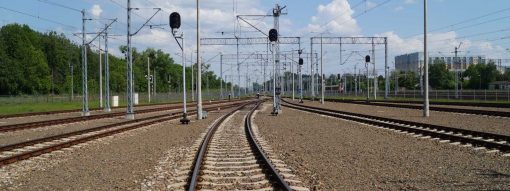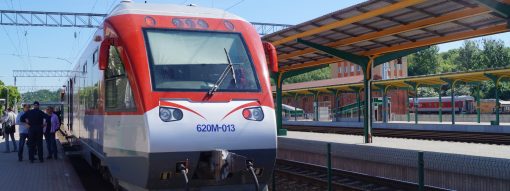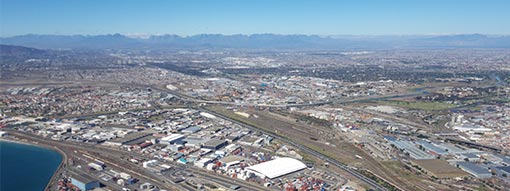Accessibility
Accessibility links within the Baltic Sea Region are still missing because of the former East-West divide. The situation should be improved to positively influence spatial development of the Eastern part of the Region and territorial cohesion of the Region. There is a particular need for fast road and rail connections between the Region and Central and Western Europe, above all – by Rail Baltica and Via Baltica. There is also a need of improving connectivity in the Northern parts of the Region and connections to the South and East. Rapid implementation of the Motorways of the Baltic Sea is necessary in order to make full use of the potentials of an integrated and sustainable transport network.
The VASAB Long Term Perspective for the Baltic Sea Region (LTP) envisages that in 2030 the Region should account for fast, reliable and environmentally efficient technologies of transport, information and communication that link the territories along and across the Baltic Sea, making the community of the Region well-connected and highly accessible in the contacts both internally and with the outside world.
The VASAB LTP defines several policy guidelines towards improving internal and external accessibility:
- Inefficient transport connections across the borders impede a tighter integration of the regional and national economies around the Baltic Sea and ability of the Baltic Sea Region’s infrastructure to serve the intercontinental flows;
- Air and maritime transport complement each other well in securing transfer of goods and people-to-people contacts in the Baltic Sea Region, yet some missing or inefficient connections should be placed on the pan-Baltic political agenda;
- On par with more connections between the eastern and western electricity transmission grids, also a better assessment of the territorial capital of the Baltic Sea Region with regard to renewable energies is necessary to succeed with an integrated energy network;
- While the digital divide in access to the information and communication technologies (ICT) between and within the BSR countries has in general been mastered, the target of 100% of the local population covered by mobile phone, affordable ICT infrastructure and access to on-line services should be set as the norm.
The VASAB LTP envisages ten Action Agendas for the implementation of the mentioned policy guidelines. Full text of the VASAB LTP is available here.










